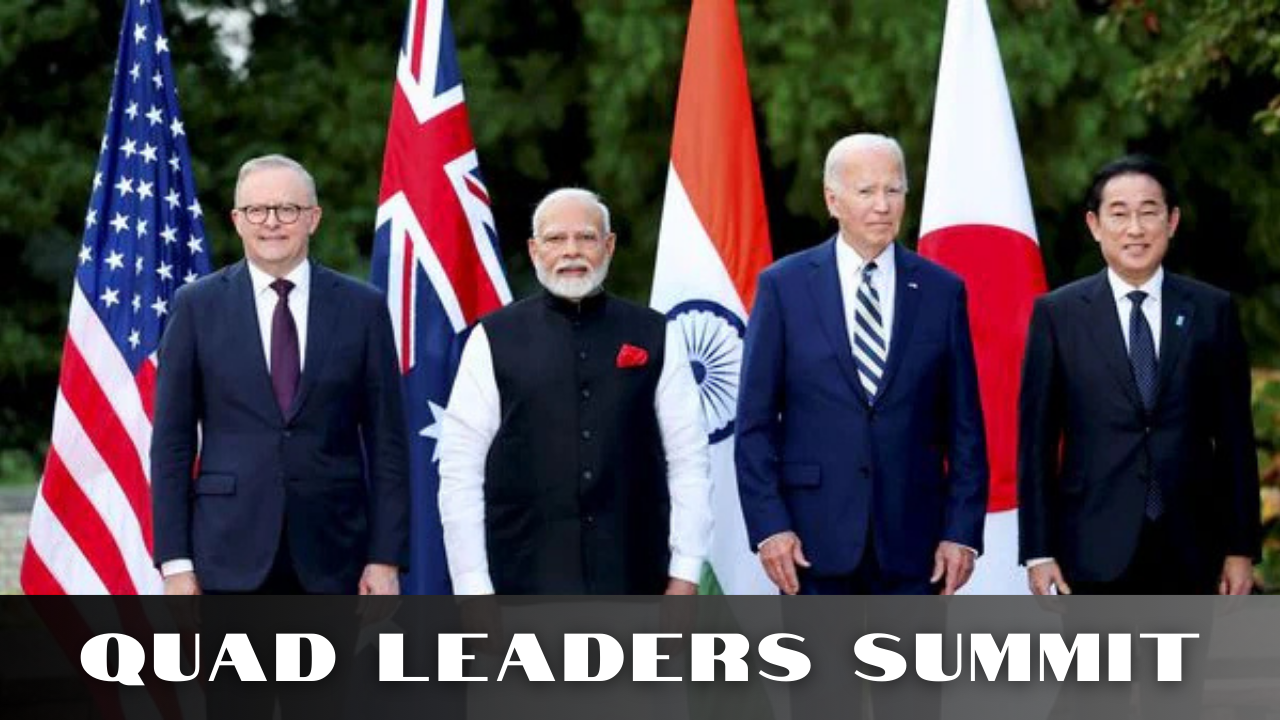Tobacco Industry
Context:
The Delhi High Court has upheld the Central Government’s decision to require statutory warnings on pan masala packages to cover 50% of the front label, an increase from the previous 3 mm font size.
Argument for stricter warning:
Article 19(1)(g):(1) All citizens shall have the right to practise any profession, or to carry on any occupation, trade or business, However: Under Article 19(6): Article 19(1)(g) does not affect existing laws or prevent the State from enacting laws that impose reasonable restrictions on the right it confers, in the interest of the general public. It is under this reasonable restriction that the central government has asked for statutory warning on 50% cover on pan masala .
- FSSAI argued in the Dharampal Satyapal Limited And Anr vs Union Of India that the increased warning size is part of a broader public health policy aimed at enhancing consumer awareness and is a reasonable restriction under Article 19(6) of the Indian Constitution.
- Recommendation for increasing the statutory warning size to 50% was made by the Scientific Committee on the basis of the scientific opinion of the Scientific Panel on Food Additives, which concluded that pan masala is not safe for human consumption.
Tobacco Consumption in India:
- In India, over 1.3 million deaths are attributable to tobacco use every year, imposing a lot of avoidable socio-economic burdens.
- A WHO study titled “Economic Costs of Diseases and Deaths Attributable to Tobacco Use in India” has estimated that the economic burden of tobacco use of tobacco in India was as high as Rs. 1.77 lakh crores, amounting to approx 1 per cent of Gross Domestic Product (GDP).
- Legal cigarettes account for just 9% of overall tobacco consumed in India. The remaining 91% of the consumption is in the form of illegal cigarettes and 29 tax-inefficient tobacco products such as bidis, chewing tobacco, khaini etc.
- This is unlike the rest of the world, where tobacco is synonymous with cigarettes, representing 90% of tobacco consumption.

Tobacco Industry in India:
- Tobacco products including pan masala, generate Tax revenues amounting to more than Rs.72,000 crores annually.
- Flue-Cured Virginia (FCV) tobacco – a variety used in Cigarettes, accounts for around 30% of total tobacco produced in India.
- In India, Gujarat is the largest producer, followed by Andhra Pradesh which is 41% and 22%, respectively.
- The Tobacco Board, established under the Tobacco Board Act, 1975, is a statutory body based in Guntur, Andhra Pradesh regulates the tobacco industry.

Tobacco Regions in the World:
- Though China is the largest tobacco producer in the world, Brazil is the largest exporter of tobacco, followed by India.
- India accounts for a 6% value share of the US$10 billion global tobacco leaf export trade, which is 12000 crore.
WHO Guidelines to Control Tobacco Consumption:
The guidelines are:
- Require that information provided by the tobacco industry be transparent and accurate.
- E-cigarettes are harmful to both the people using them and those around them, especially when used indoors.
- WHO laid out a combination of pharmacotherapy and behavioural interventions that can significantly increase quitting success rates.
- Behavioural support is delivered in both clinical and community settings.
- Digital tobacco cessation intervention: Like text messaging, smartphone apps, AI-based interventions or internet-based interventions), individually or combined, can be made available for tobacco users interested in quitting.
|
WHO Framework Convention on Tobacco Control (FCTC) is an international treaty adopted by the World Health Organisation (WHO) in 2003 to combat tobacco use. In India Cigarette and Other Tobacco Products Act (COTPA) 2003 regulates the advertisement, promotion, and sponsorship of tobacco products, prohibits smoking in public places, mandates pictorial health warnings on tobacco product packaging, and sets rules for the sale of tobacco products to minors. |



